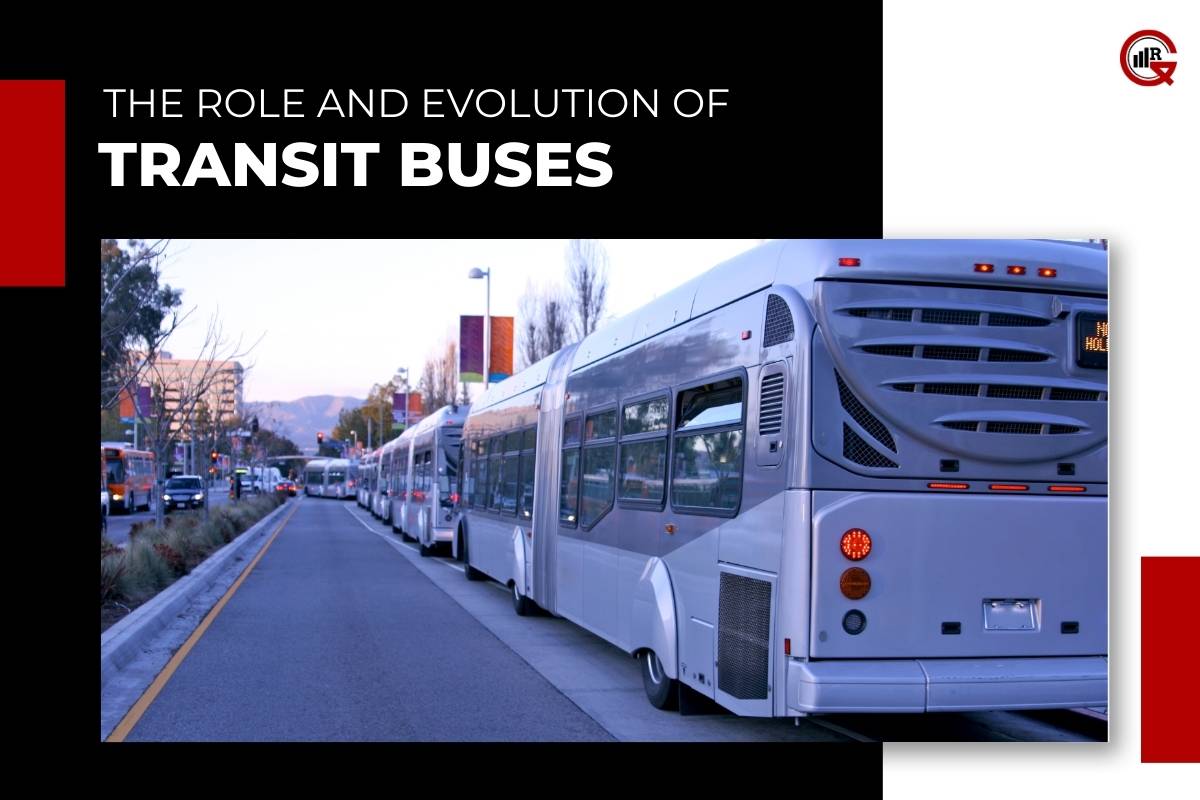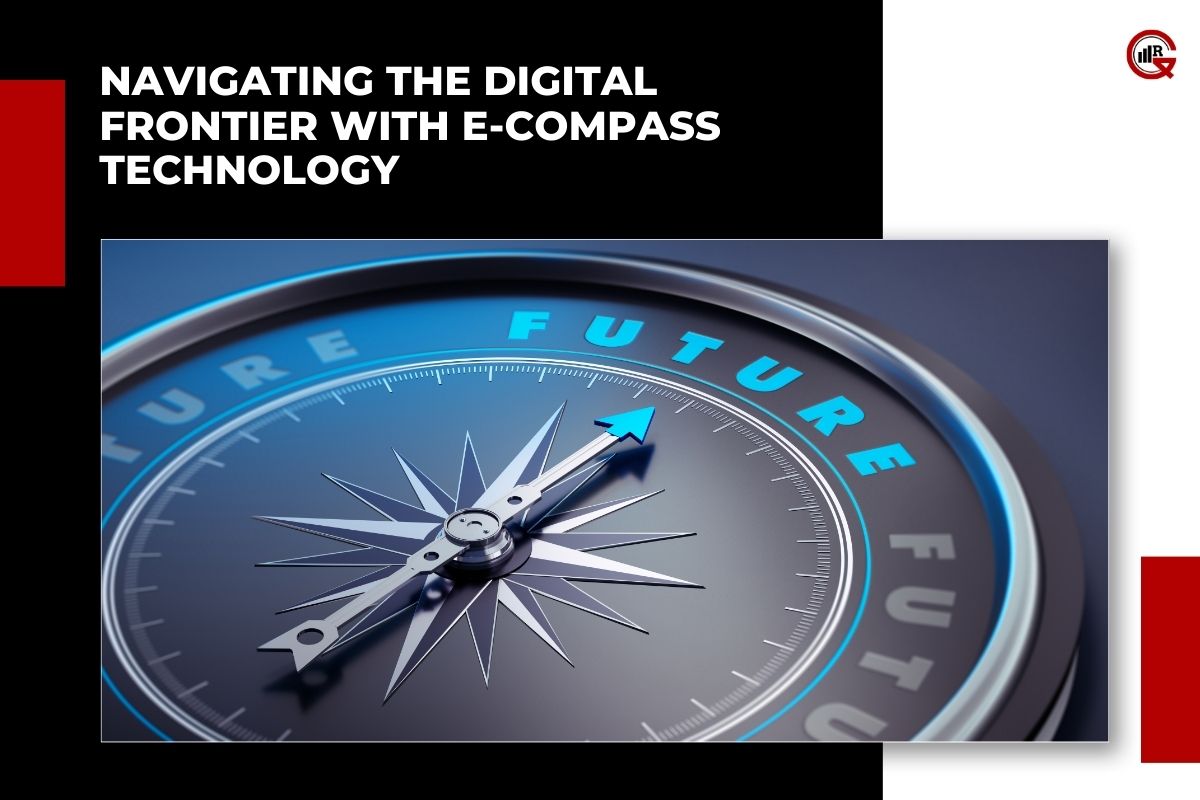Transit buses are the workhorses of urban transportation systems, weaving through city streets and connecting communities with essential mobility services. From bustling metropolises to suburban neighborhoods, buses play a vital role in providing accessible, efficient, and environmentally sustainable transportation options for millions of people worldwide. This article explores the history, evolution, and significance of transit buses in shaping urban mobility.
A Brief History
The history dates back to the early 20th century when cities began transitioning from horse-drawn carriages to motorized vehicles for public transportation. The introduction of gasoline-powered buses in the 1920s revolutionized urban transit, offering a faster, more reliable alternative to traditional forms of transportation. As cities grew and expanded, so too did the demand for transit services, leading to the widespread adoption of buses as a primary mode of urban transportation.
Over the years, these buses have undergone significant technological advancements and design improvements to meet the evolving needs of passengers and cities. From the introduction of diesel engines in the mid-20th century to the development of hybrid and electric buses in recent years, transit agencies have continuously sought to enhance the efficiency, comfort, and sustainability of bus transportation.
The Role in Urban Mobility
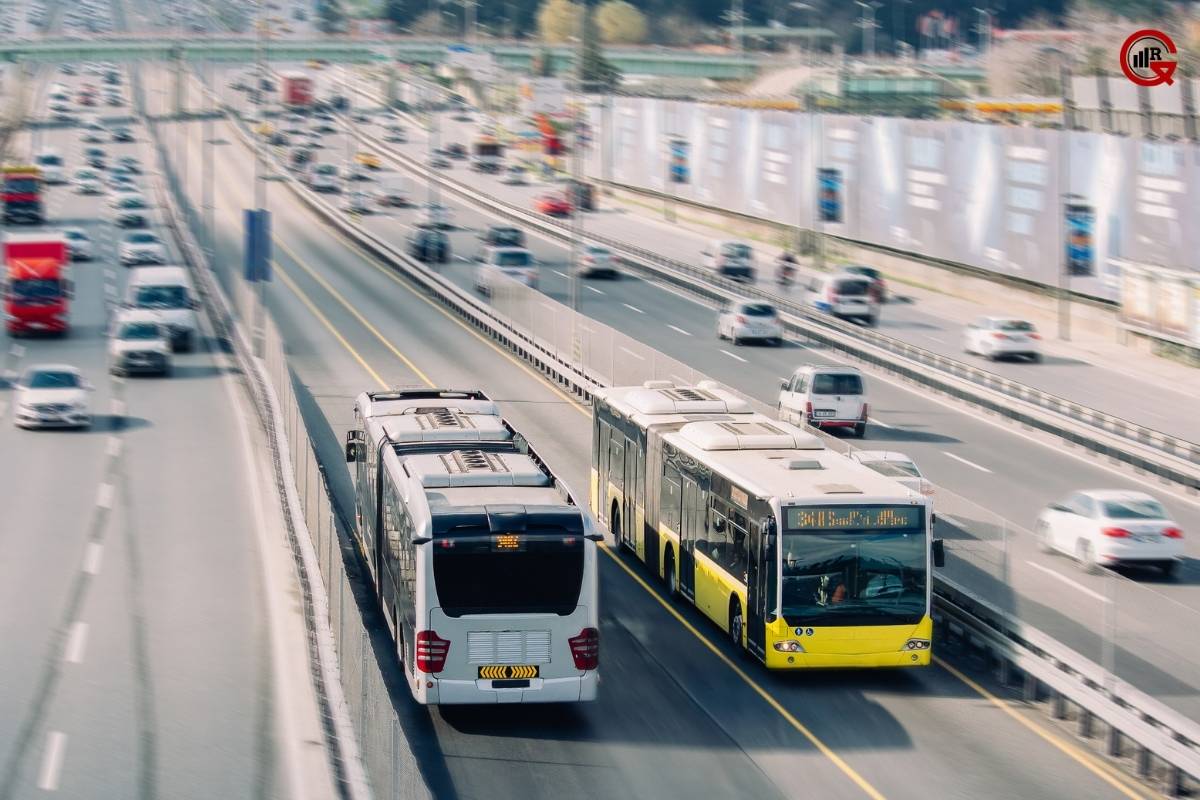
Transit buses play a crucial role in providing access to employment, education, healthcare, and recreational opportunities for residents of urban areas. With their extensive route networks and frequent service schedules, buses offer a flexible and accessible mode of transportation for people of all ages and backgrounds. Whether it’s commuting to work, running errands, or exploring the city, transit buses serve as a lifeline for millions of riders every day.
In addition to serving individual passengers, transit buses also play a vital role in reducing traffic congestion, improving air quality, and promoting sustainable urban development. By providing an alternative to single-occupancy vehicles, buses help alleviate congestion on city streets and reduce carbon emissions, contributing to cleaner, healthier cities for everyone.
The Evolution of Transit Bus Technology
Advancements in technology have transformed the transit bus industry, leading to improvements in safety, efficiency, and passenger comfort. Modern buses are equipped with a range of features and amenities designed to enhance the rider experience, including ergonomic seating, air conditioning, Wi-Fi connectivity, and real-time passenger information systems.
In recent years, there has been a growing emphasis on the electrification of transit bus fleets as cities seek to reduce their carbon footprint and mitigate the effects of climate change. Electric buses offer a cleaner, quieter, and more environmentally sustainable alternative to traditional diesel-powered buses, making them an increasingly popular choice for transit agencies around the world.
Challenges and Opportunities in Transit Bus Operations
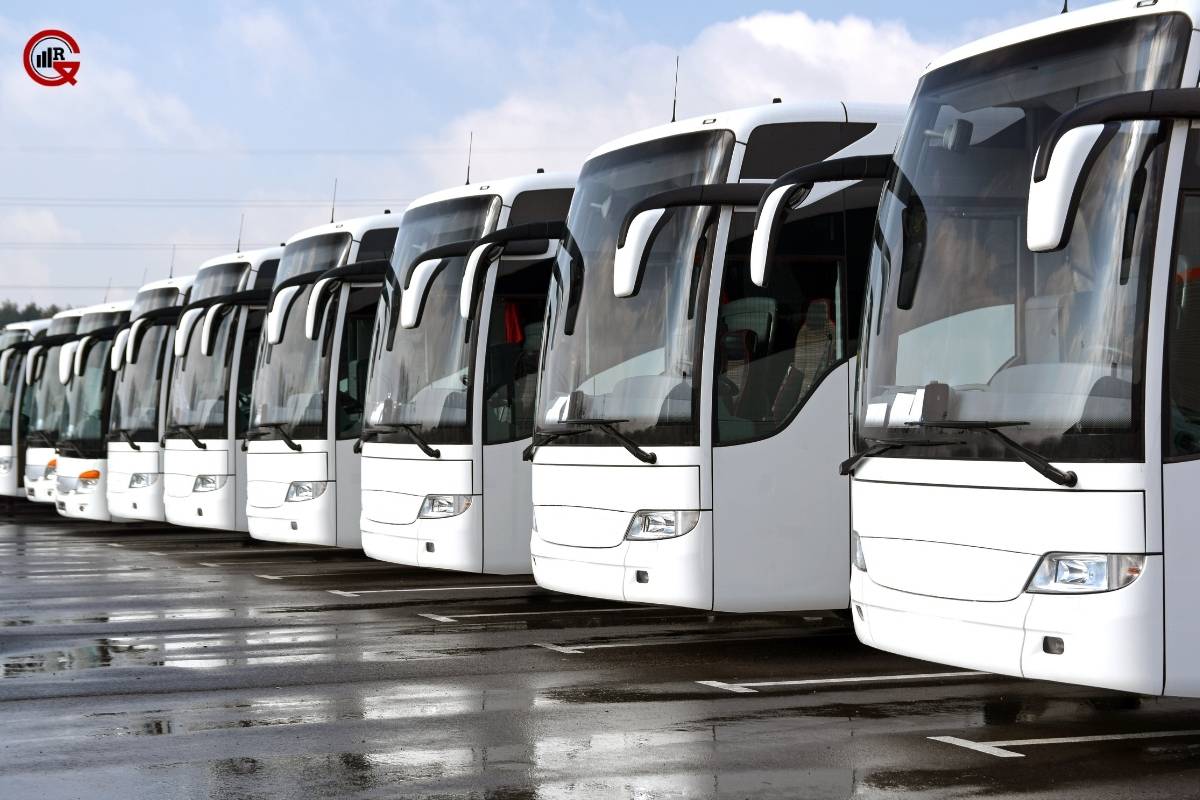
Despite their many benefits, transit buses face a range of challenges in today’s urban environment, including traffic congestion, funding constraints, and changing travel patterns. As cities continue to grow and evolve, transit agencies must adapt to meet the evolving needs of their communities, whether it’s by expanding service to underserved areas, improving accessibility for people with disabilities, or implementing innovative technologies to enhance the rider experience.
At the same time, transit buses also present numerous opportunities for innovation and improvement. From the development of autonomous buses to the integration of smart city technologies, there is no shortage of ideas for how transit agencies can modernize their operations and better serve their passengers in the years to come.
Innovations Driving Transit Bus Evolution
Innovations in transit bus design and technology are driving the evolution of urban transportation. One such innovation is the development of Bus Rapid Transit (BRT) systems, which combine the efficiency of rail transit with the flexibility of bus service. BRT systems feature dedicated bus lanes, priority signaling, and enhanced passenger amenities, providing a fast, reliable, and high-capacity transit option for cities around the world.
Another innovation shaping the future of transit buses is the concept of Mobility as a Service (MaaS), which integrates various modes of transportation, including buses, trains, bikes, and ride-sharing services, into a seamless, user-friendly platform. By offering travelers a single point of access to multiple transportation options, MaaS has the potential to revolutionize the way people plan and pay for their journeys, making it easier and more convenient to use public transit.
Addressing Equity and Accessibility
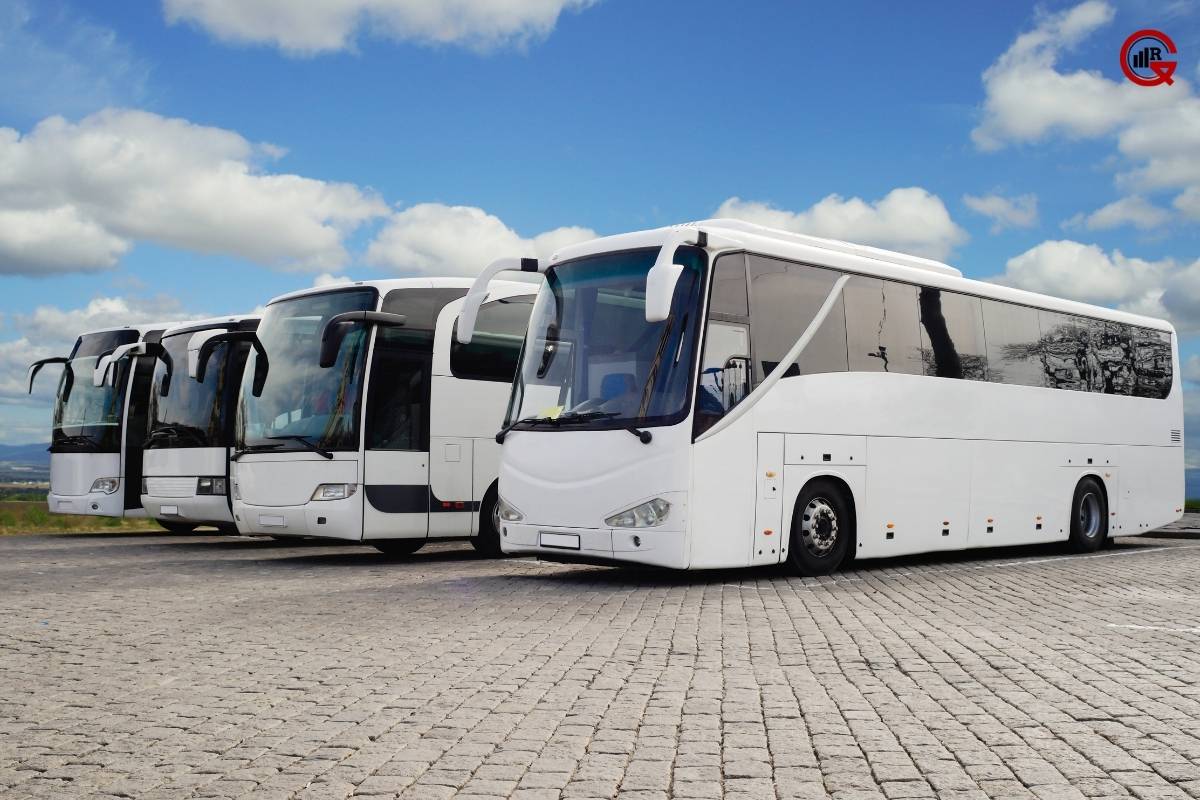
Ensuring equitable access to transit services is a fundamental challenge facing transit agencies today. Many low-income and marginalized communities lack access to reliable transportation, limiting their ability to access essential services and opportunities. Transit agencies must work to address these disparities by expanding service to underserved areas, improving connectivity between different modes of transportation, and implementing fare policies that are affordable and accessible to all residents.
In addition to addressing equity concerns, transit agencies must also prioritize accessibility for people with disabilities. This includes providing wheelchair-accessible buses, audible and visual announcements, and other accommodations to ensure that all passengers can travel safely and independently. By making transit services more inclusive and accessible, cities can create a more equitable and welcoming transportation system for everyone.
The Future of Transit Buses
As we look to the future, the role of these buses in urban mobility is poised to become even more important. With rapid urbanization, growing concerns about climate change, and advancements in technology, transit agencies have an unprecedented opportunity to reshape the future of transportation and create more sustainable, equitable, and accessible cities for all.
In conclusion, transit buses are an essential component of urban transportation systems, providing millions of people with safe, reliable, and environmentally sustainable mobility options every day. As cities continue to grow and evolve, transit agencies must innovate and adapt to meet the changing needs of their communities, ensuring that transit buses remain a vital lifeline for generations to come.

